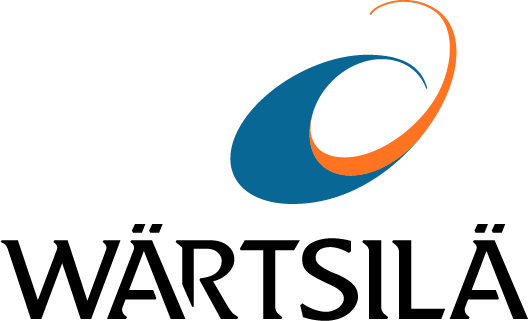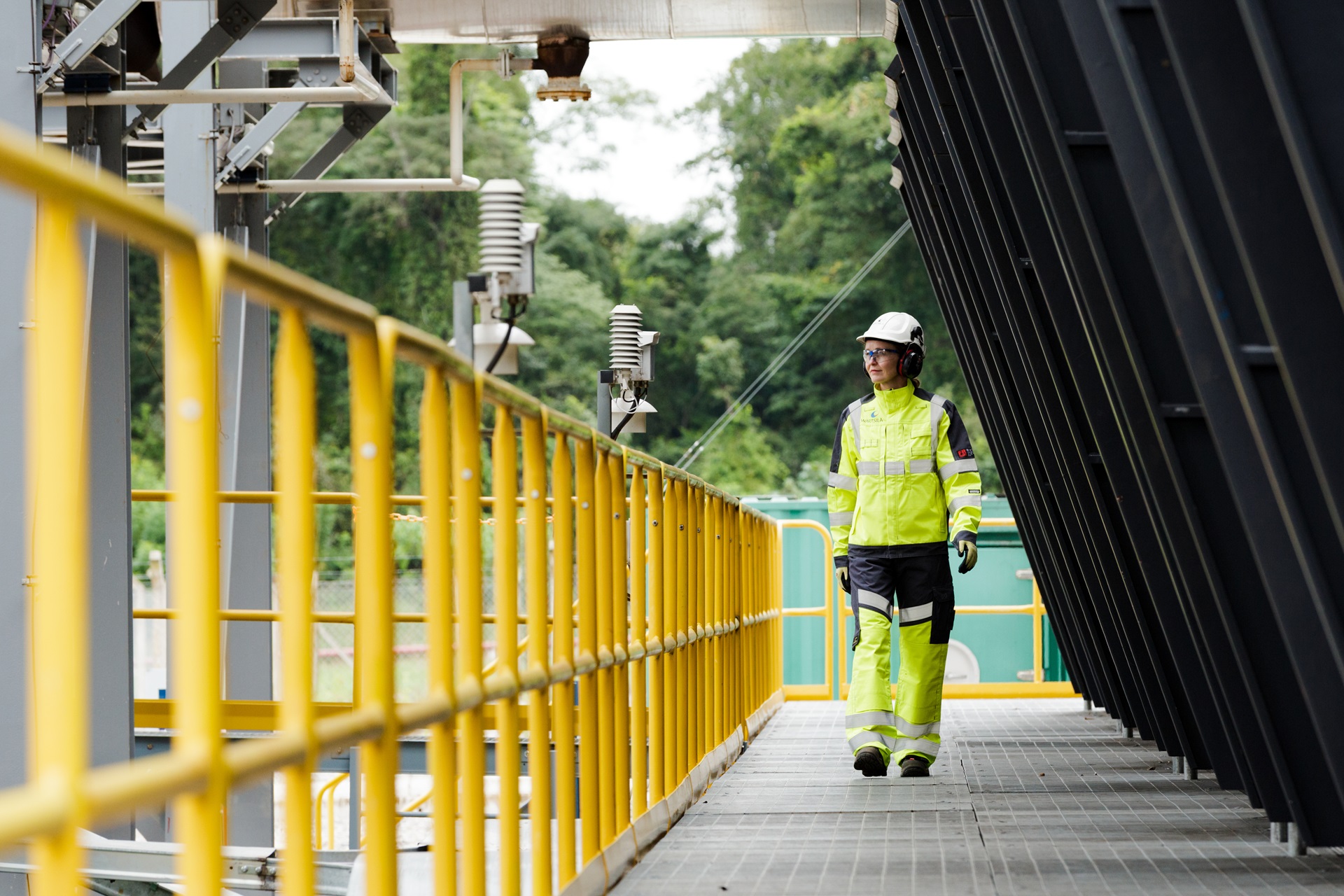

A pre-silent call for the second quarter of 2025 was held on 18 June 2025 with our CFO Arjen Berends. In this blog post, we summarise the main messages and questions from the call. The recording of the call is available here.
Before the Q&A session, Arjen discussed the recent development of our businesses, and the market trends. Wärtsilä has reported continued positive momentum in both Marine and Energy businesses during the quarter, although the broader market environment remains uncertain, making it difficult to provide firm forward-looking statements.
Strong performance and decarbonisation drive continue in Marine
In the Marine segment, the core markets, particularly cruise and ferry, continue to perform well. The global push for decarbonisation remains a key driver, with sustained demand for solutions that enhance fuel efficiency and operational flexibility. The recent proposal for a global carbon fee from International Maritime Organisation (IMO), expected to be confirmed in October following the MEPC84 meeting, further supports this transition. Wärtsilä also sees promising growth in our service business, where we are moving up the service value ladder to help customers improve operational efficiency. Importantly, the impact of tariffs on the Marine segment has been minimal.
Electrification and data centres fuel growth in Energy
On the Energy side, demand for electricity continues to rise, driven by the electrification of various industries. Renewable energy remains the most cost-effective source of power, but its intermittent nature increases the need for balancing power solutions, where Wärtsilä is well-positioned. Data centres are emerging as a significant opportunity, particularly in the 50–400 MW off-grid baseload power, where Wärtsilä offers high lifecycle value. While no contracts have yet been signed in the US, discussions are ongoing. For the Energy business, most customer segments in the US are continuing to invest despite tariff pressures.
This quarter also marks a structural change in Wärtsilä’s reporting, as Energy Storage is now presented as a standalone segment. The US market for energy storage is currently at a standstill due to tariffs and uncertainty.
Strategy execution and financial targets on track
Strategically, Wärtsilä remains on track to meet our financial targets. We are focusing on strengthening our service business to drive growth and profitability, aiming for a 14% operating margin in Marine and Energy combined and 3–5% in Energy Storage. Progress is also being made in divesting non-core businesses, with the sale of Automation, Navigation & Control Systems (ANCS), which is the most profitable Portfolio Business unit. The closing of the transaction is expected to be finalised during the second quarter of the year.
Finally, Wärtsilä’s cash flow remains solid, supported by down payments and efficient working capital management. While the current negative working capital position is expected to normalize over time, we remain confident in our ability to maintain financial stability and deliver on our strategic objectives.
Q&A
How are tariffs impacting your U.S. power plant business in terms of order backlog, project timing, and profitability?
So far, we haven’t seen any cancellations or delays in our U.S. power plant projects due to tariffs. While the uncertainty of tariffs is a factor, we generally pass those tariff costs on to our customers. That said, it’s not always straightforward; depending on the project structure, especially in long-term lifecycle agreements, we may share part of the burden. Importantly, we remain disciplined in our approach and only accept orders that meet our margin expectations. There’s no indication that tariff-related risks are pushing us into low-margin territory.
You mentioned the order book is being stretched out, especially for equipment. Which areas are most affected, and do you expect this trend to continue?
Yes, delivery times are getting longer, especially in Marine. Shipyard order books are now at ~3.8 years forward, historically high (vs. ~2 years in the past). Shipyards want to lock costs in early, requiring early orders and down payments to suppliers like Wärtsilä. This results in earlier cash inflow and later cash outflow, extending the order book.
In Energy, the trend is different, there’s more urgency due to competitors (e.g., GE, Siemens) being sold out. Wärtsilä offers a flexible alternative with ~18-month delivery timelines, but capacity is also filling up.
How does Wärtsilä position itself competitively in the data center power market compared to turbines and smaller engine suppliers? Do you compete on lead time, price, or other factors?
Our competitive edge in the data center segment comes from several factors. First, flexibility and modularity are key. Unlike turbines, which operate in large, single blocks (e.g., 100 MW on/off), our engine-based solutions are modular. For example, a 100 MW plant can be built with ten 10 MW engines, allowing for built-in redundancy and partial operation during maintenance. This reduces the need for full backup capacity and lowers overall investment.
Second, lead time is a major advantage, while turbine suppliers often face delivery timelines of 3-4 years, we can deliver in as little as 18 months, which is a significant benefit for customers needing faster deployment.
Additionally, our solutions offer advantages in fuel efficiency, lower water consumption, and better performance in humid environments. These factors, combined with a smaller physical footprint, make our offering not only faster to deploy but also more adaptable and cost-effective over the lifecycle of the plant.
What is the impact of changes in FX rates considering that your production is located in Finland?
All the projects we are involved in are hedged. For the service part, we typically do bulk hedging based on trends of the past and expectations of the future based on quotation levels.